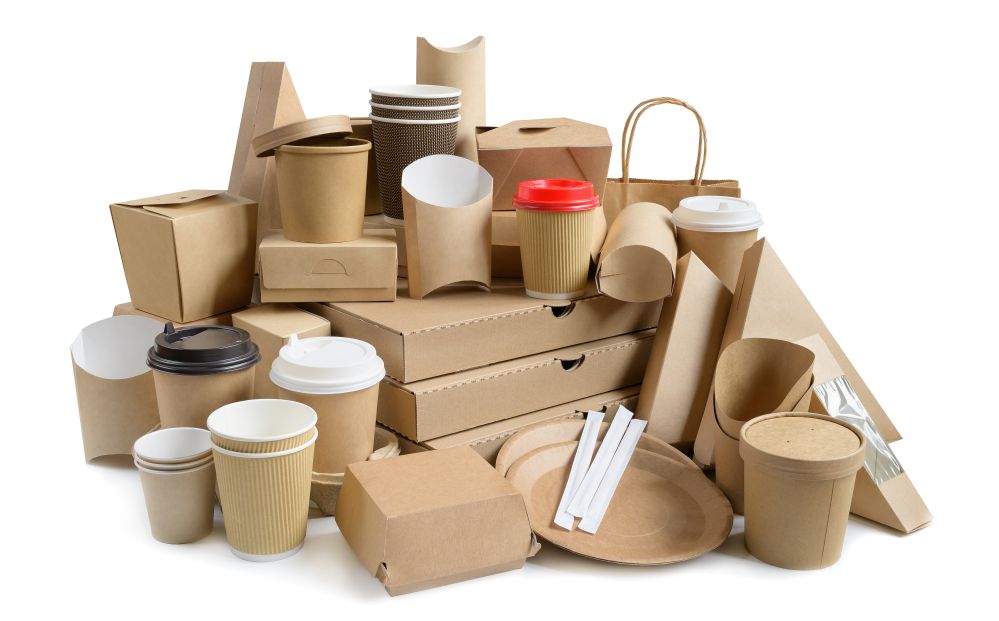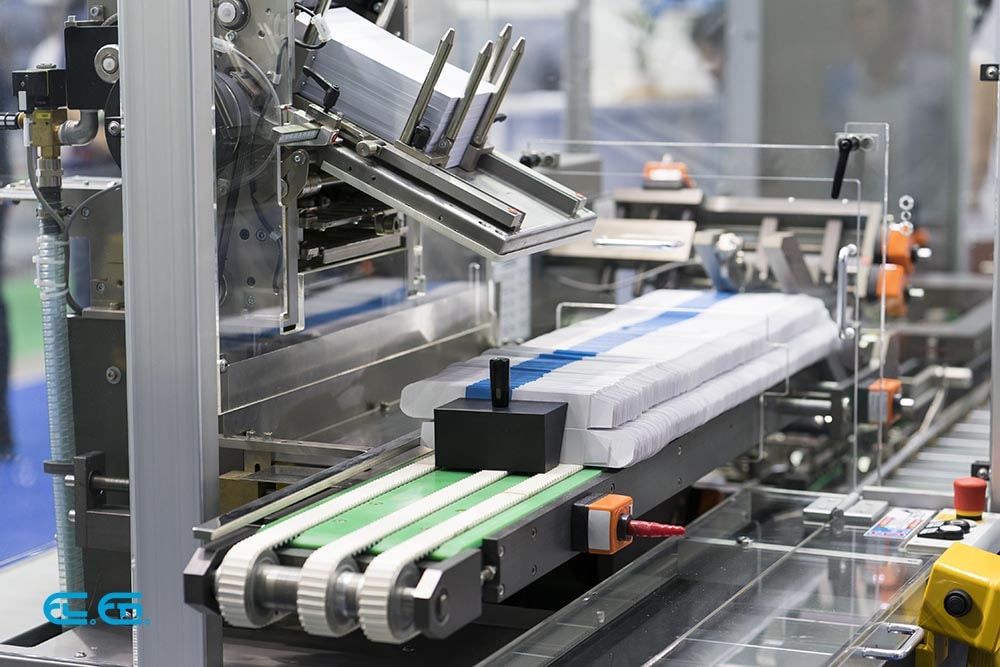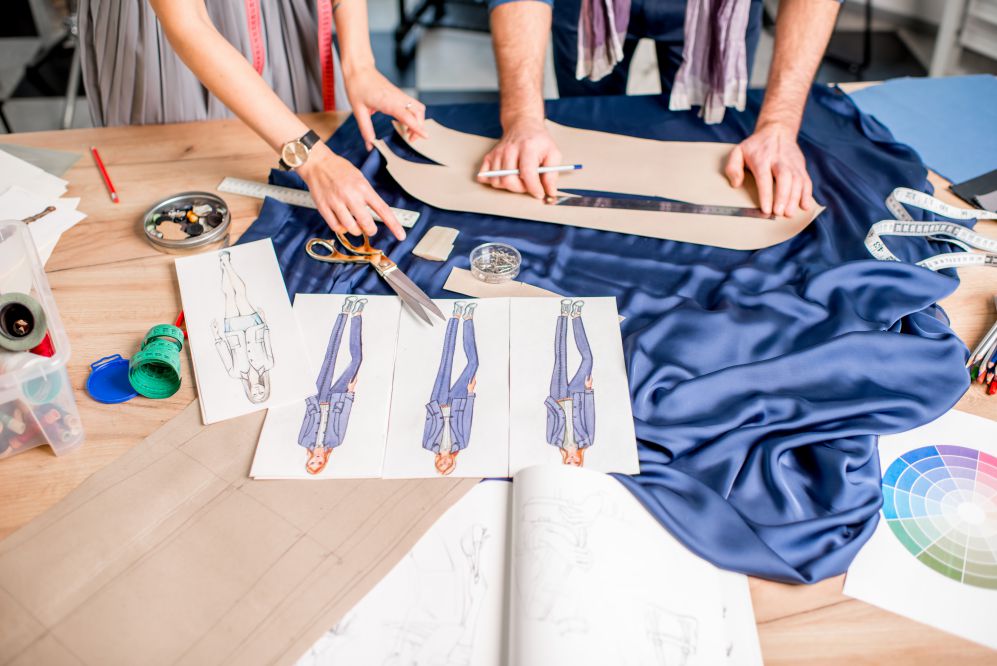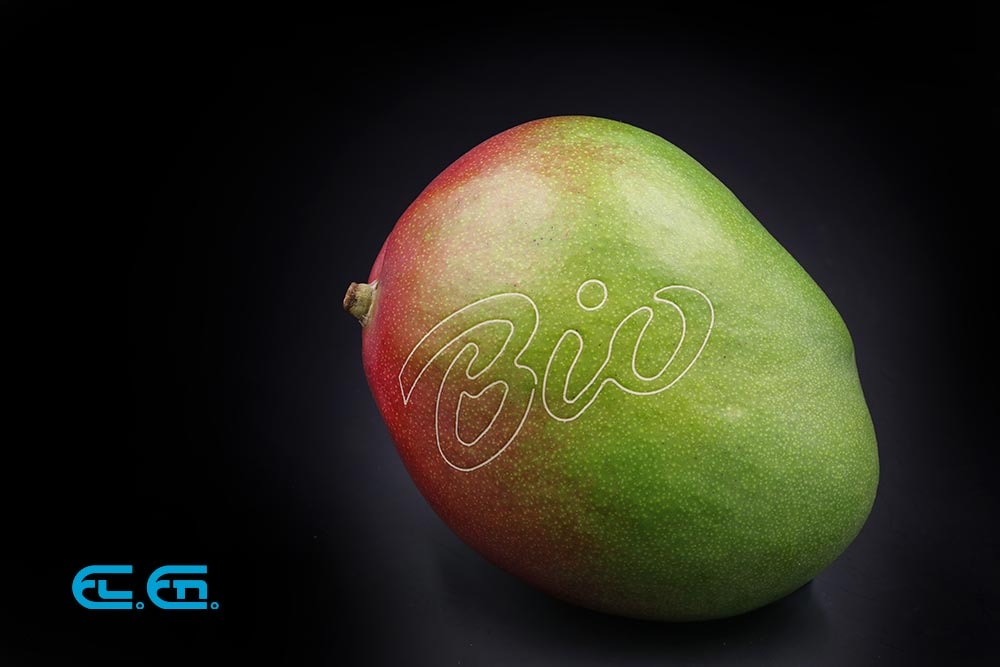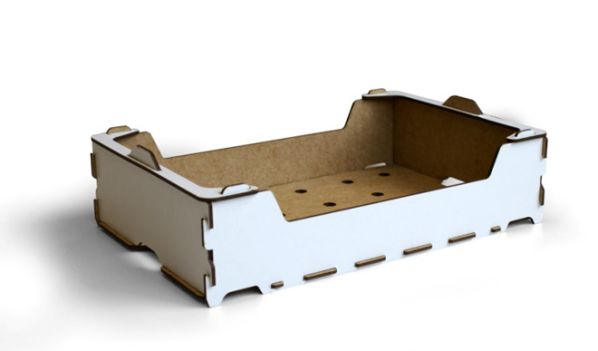CO2 laser is one of the technologies that boasts the largest variety of uses. The areas of application range from the medical sector to the restoration of monuments. Whether it is applied to skin resurfacing or eliminating writing from ancient walls, CO2 laser is an incredibly efficient and cost effective tool.
But it is in the industrial sector that CO2 laser truly shines. The high spectrum purity, high stability, energy efficiency, the possibility of multiple power options, ranging from a few to a thousands watts, are all characteristics that have determined its success in the processing of materials and made it reach high levels of quality.
The packaging industry
CO2 laser is now an indispensable production tool for the packaging industry. The materials used (plastics, cardboard, wood and derivatives) and the characteristics of this sector’s typical processes (research of personalization, continuous innovation) are extremely compatible with the use of CO2 laser, which widens exponentially its possible applications.
An example is the production of fresh produce bags using laser microperforation. The laser microperforation makes it possible to optimize the exchange of gas between the inside of the bag and the surrounding environment, which, in turn, makes it possible to extend the product’s shelf life.
One of the latest applications of CO2 laser is the so-called natural branding. This recently developed application consists of marking the label directly on fresh produce’s surface. Information such as logos, tracking information and production batch can be directly visible on the products.
This information is traditionally printed on labels, which are then pasted onto the product. Laser labeling of fresh produce allows to avoid this step, thus eliminating the need for glue and other chemicals. This application is very effective and doesn’t damage the quality or durability of the product in any way.
Laser technology can also greatly enhance more traditional processes.
One example is the laser welding of plastic bags. This type of flexible packaging is increasingly used to save on space and create packaging adapted to different types of products. Laser welding can also be used for flexible packaging. This process uses laser energy to heat the material and thus seal the bag.
The second application is laser engraving of flexible bags. This application uses the extreme controllability of laser technology to create depth-controlled incisions on the plastic material. With this technique, it is possible to create easy-to-open packaging or innovative packaging for ready-to-use products.
The fashion and interior decoration industry
Carbon dioxide laser is used in the field of fashion and interior design. CO2 laser can become a powerful creative tool in the hands of architects and designers. It is also an environmentally sustainable tool which significantly reduces the ecological impact of the textile industry.
Laser marking, microperforation and cutting are the main operations used in this field.
Laser marking is mainly used to engrave decorative patterns on fabrics and leather. The great advantages of CO2 laser are high manufacturing speeds, precision, elevated repeatability of impression and the possibility to engrave any type of geometric pattern or design.
Laser marking also finds innovative applications in the field of textiles. One example is the use of laser marking of denim fabric. It is now possible to laser wash jeans. This method significantly reduces the consumption of chemicals and water.
The laser decoration of ceramic tiles is another CO2 laser applications for the interior design world.
Again, the main advantage of this laser is the almost infinite range of motifs that can be transferred onto the tile’s surface (from simple geometric motifs to real black and white photographs).
The food industry
The food industry recently discovered how useful the carbon dioxide laser can be. In these applications, laser is used to carry out work directly on the product’s surface, thus replacing the use of mechanical devices. Some examples of these CO2 applications are fruit and vegetable laser peeling, laser marking of codes on eggshells, laser engraving of cheeses and cured meats.
Digital converting
Laser technology fits perfectly into a digital manufacturing process. Indeed, the CO2 laser’s characteristics are best appreciated when it is inserted in highly automated processes.
An example of a successful application is paper processing. Thanks to laser technology, it is possible to create integrated systems capable of printing, punching and cutting paper into a desired size. All kinds of details and customizations can also be added with laser which would be impossible to do when relying on the mechanical methods traditionally used in this sector.
Laser is also ideal for the production of security paper. Codes, perforations, cuts and other identification marks can be added quickly and easily.
Tool industry
The production of tools and tooling in general can greatly benefit from the use of laser. In the case of laser surface hardening treatments, the metal surface is exposed to the effects of the laser beam, causing an internal transformation of its molecular structure which increases the wear resistance of the tool.
Panel industry
Extreme controllability is one of the strengths of laser processing. For the signage industry this aspect translates into a huge advantage. The CO2 laser makes it possible to engrave writings, logos or other information with extreme precision and high definition on the most commonly used materials for panels and signs such as plexiglass, steel or aluminum. Laser technology also makes customizations easy.
Display industry
Acrylic laser cutting is one of the areas in which CO2 laser is unbeatable. The paneling industry has benefited greatly from the use of CO2 laser. Laser is in fact indispensable in the manufacture of LGP Backlight panels.
These are PMMA panels which are perforated at regular intervals using laser. The panel, thus prepared, is then illuminated by LEDs which, suitably positioned, create a uniformly illuminated surface. The main advantage of these displays is that it is possible to create large backlit panels with very low energy consumption.
Laser technology is indispensable to this type of manufacturing because holes can be drilled with a precision and regularity that would be extremely difficult and expensive to obtain using traditional production methods.
Automotive industry
Some of the most common CO2 applications in the automotive sector are decorations of plastics, surface hardening of metals, microperforation of leather for interiors, decoration of upholstery, welding, engraving of codes for the identification and traceability of parts, etc.
In fact, this industrial sector was one of the first to introduce the use of laser in its manufacturing processes. It is therefore no surprise that the CO2 laser is so widely used.
One laser, multiple uses
Ultimately, CO2 laser has an almost infinite range of uses. Its wavelength makes it suitable for the processing of most materials. Contact us for more information: there might a laser solution to your problem.

